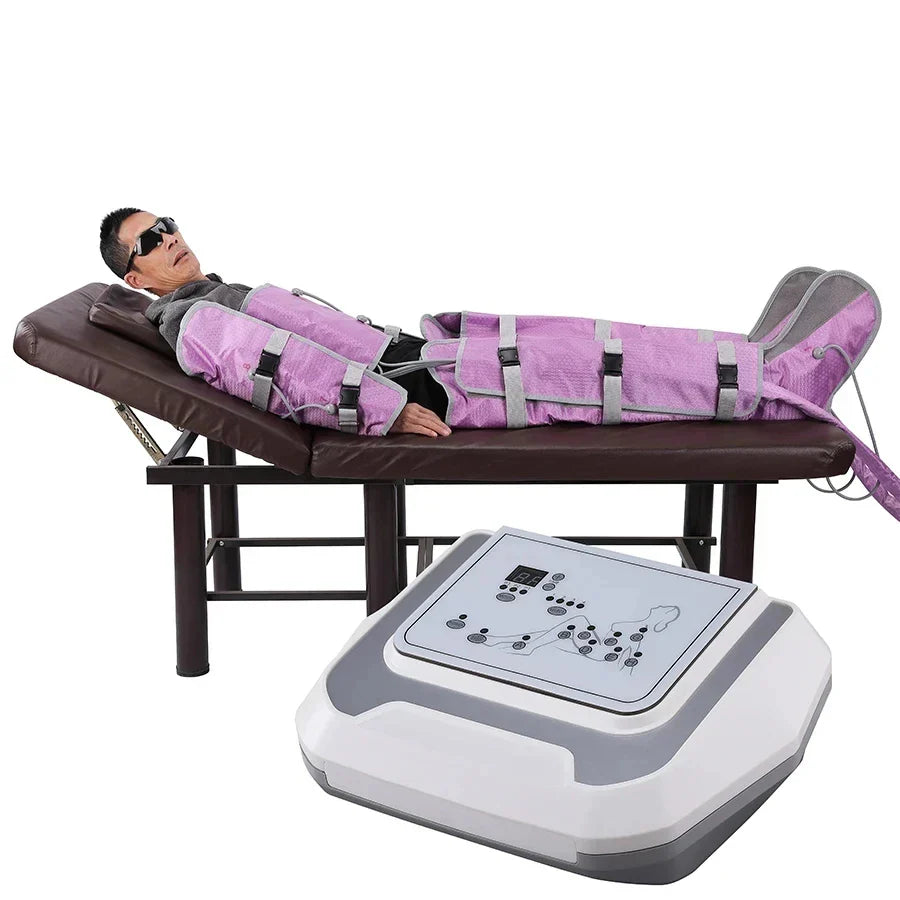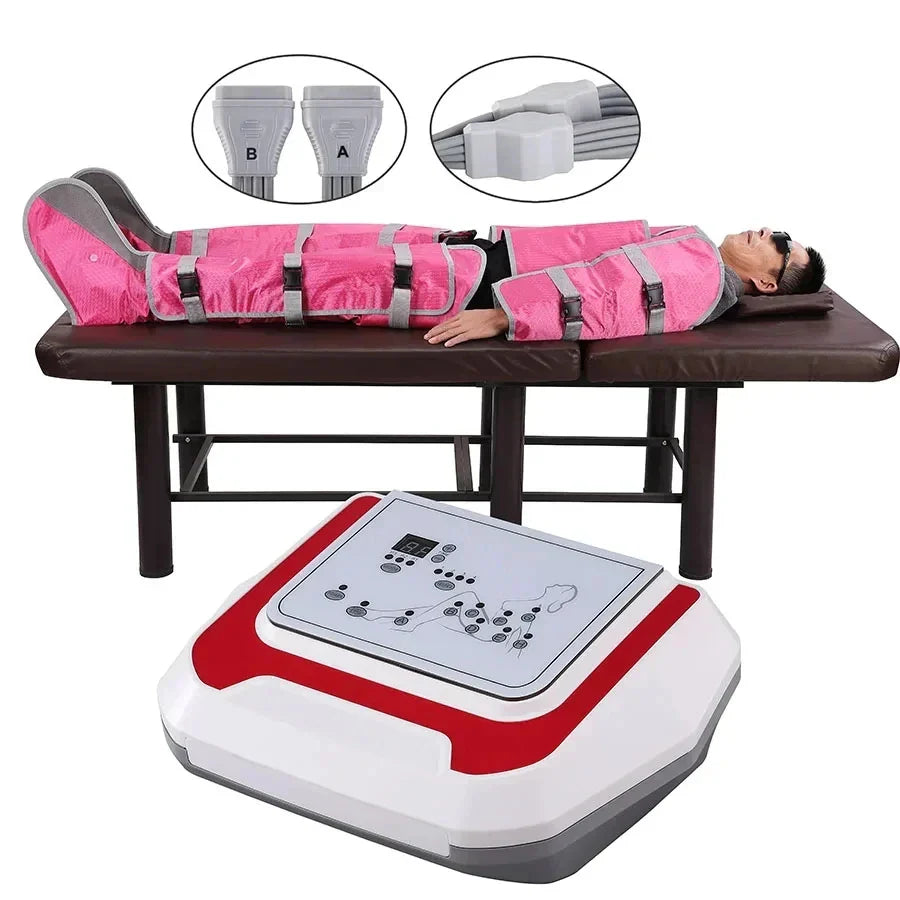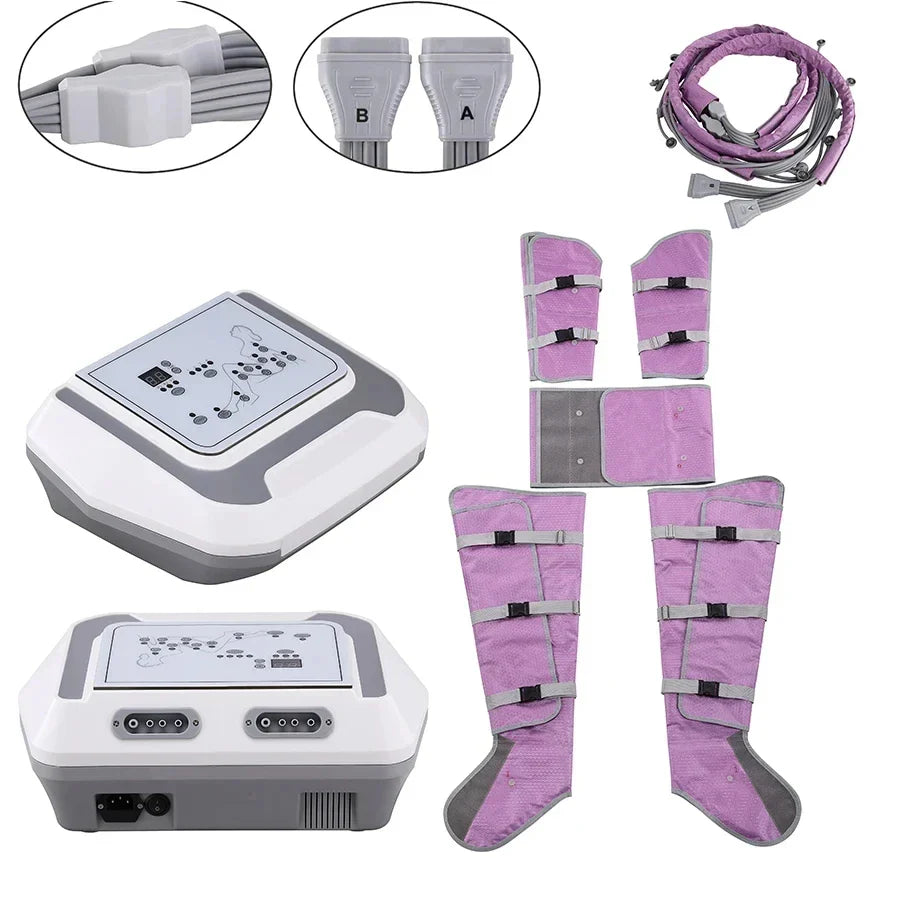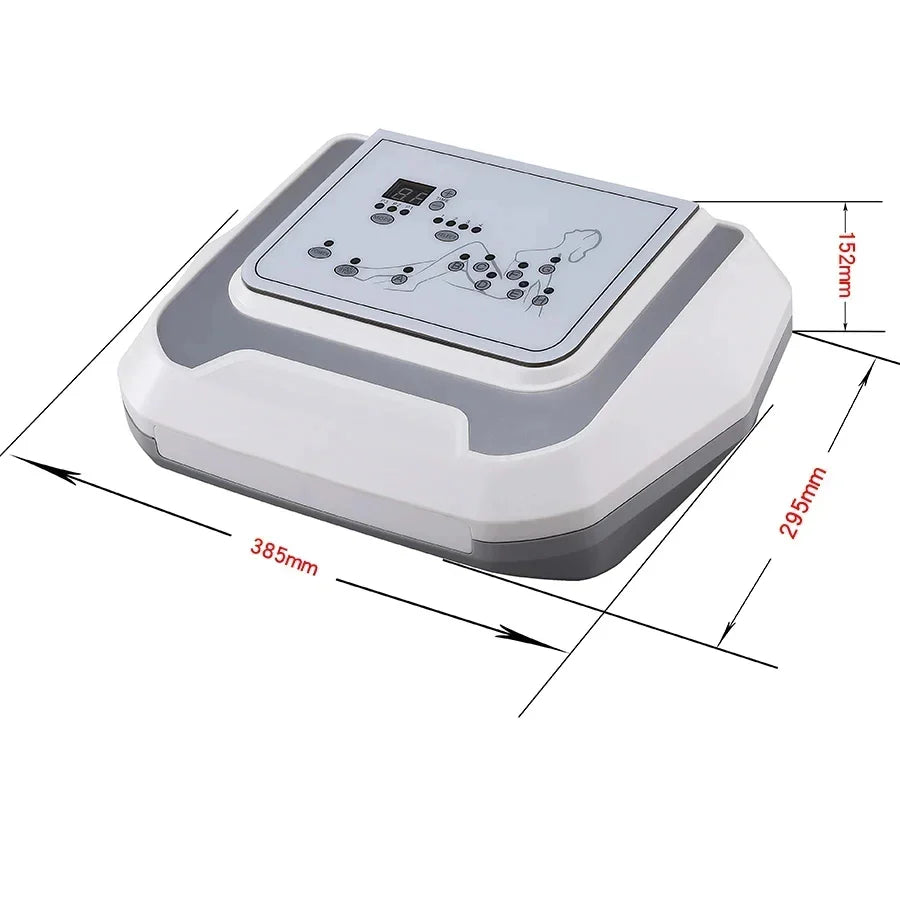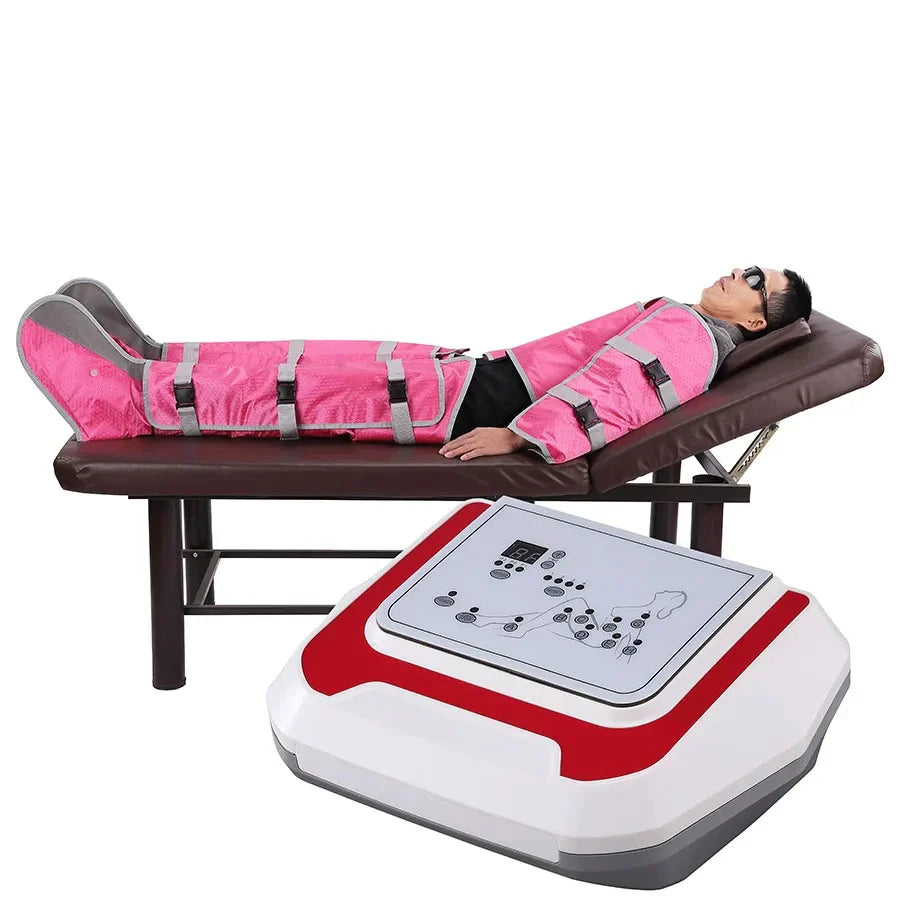Complete Sauna Buyers Guide
Complete Sauna Buyer’s Guide: Infrared vs Traditional Whether you're new to heat therapy or looking to upgrade your home wellness setup, this guide covers everything you need to know about...
buying the perfect sauna. We’ll explore the benefits of infrared and traditional saunas, help you decide between types and sizes, and answer the most common questions. From pain relief and athletic recovery to red light therapy and cold plunges—this is your one-stop shop for sauna education. Table of Contents The Benefits of Owning a Sauna Sauna Benefits for Athletes Benefits After a Workout Sauna Skin Benefits Infrared Sauna for Pain Mental Health Home Saunas by Size Home Saunas by Type Infrared Sauna Benefits Traditional Sauna Benefits Infrared vs Traditional Full Spectrum Saunas Red Light Therapy Low EMF Saunas Saunas & Ice Baths FAQ The Benefits of Owning a Sauna A home sauna brings consistent wellness benefits—relaxation, detox, recovery—without leaving your space. It becomes a personal retreat that supports both body and mind, plus it adds value to your home lifestyle. Sauna Benefits for Athletes Infrared and traditional saunas both improve circulation and oxygen delivery to muscles, helping reduce cramps, stiffness, and delayed onset muscle soreness (DOMS). Recovery sessions become more efficient, letting you train harder and heal faster. Benefits After a Workout A sauna session after exercise promotes the elimination of toxins like lactic acid. Heat therapy also relaxes tight muscles and joints, improving range of motion and aiding flexibility for your next workout. Sauna Skin Benefits Saunas flush out impurities through deep sweat, leaving skin clearer. Infrared heat helps stimulate collagen production, which firms skin, improves texture, and targets minor blemishes and redness. Infrared Sauna for Pain Far-infrared heat relieves tension in muscles and joints, offering long-term relief for chronic conditions like arthritis, fibromyalgia, and lower back pain—without medication. Mental Health Thermal stress from saunas triggers endorphin release while lowering cortisol. This calming blend reduces anxiety, improves mood, enhances mindfulness, and often supports deeper, more restorative sleep. Home Saunas by Size 1-Person Saunas Compact solo design ideal for tight spaces or apartments—personal wellness without taking up much room. 2-Person Saunas Cozy for partners or friends—promotes shared relaxation and stress relief. 3-Person Saunas Ideal for small families or group wellness sessions, striking balance between intimacy and space. 4-Person Saunas Spacious enough for families or recovery teams, perfect for post-workout cooldowns. 6-Person Saunas Lounge-style sauna ideal for hosting or communal use, creating a spa retreat in your home. Home Saunas by Type Infrared Saunas Use infrared panels that gently heat the body (110–140°F) without overheating the air. Ideal for detox, circulation, and pain relief. Traditional Saunas Heated via electric or wood-fired stoves, air temps reach 150–195°F. Classic steam-based sauna experience with intense sweating and humidity. Barrel Saunas Designed in a rounded shape to maximize airflow and save space. Great for outdoors with rustic charm and fast heating. Infrared Sauna Benefits Infrared saunas improve recovery, circulation, cardiovascular health, and relaxation. They’re gentle, effective, and promote consistent detoxification without overheating your space. Looking to learn more about infrared saunas? Explore our full-length guide on full spectrum infrared, low EMF models, easy setup, and choosing the right size sauna. Traditional Sauna Benefits Traditional saunas create a hot, humid environment perfect for deep sweat, muscle relief, and ritual relaxation. They’re ideal for those who love the heat and steam of a true spa experience. Want to dive deeper? Read the full Traditional Sauna Guide → Infrared vs Traditional Choosing between infrared and traditional saunas depends on your wellness goals. Infrared saunas offer gentle, low-temperature heat with deep tissue benefits, while traditional saunas deliver intense heat and steam for a classic sweat experience. Both improve circulation, detoxification, and relaxation, but personal preference and health needs will guide your choice. Full Spectrum Saunas Full spectrum saunas combine near, mid, and far infrared wavelengths to maximize health benefits. They offer comprehensive skin, pain relief, and mental health advantages, making them a premium choice for enthusiasts. Red Light Therapy Many modern infrared saunas integrate red light therapy, which promotes skin rejuvenation, reduces inflammation, and boosts cellular energy. This feature enhances overall sauna benefits beyond heat alone. Want to learn more about red light therapy? Explore our full Red Light Saunas Guide → Low EMF Saunas Low EMF (electromagnetic field) technology ensures your sauna experience is safe and free from harmful emissions. Always look for certified low EMF saunas for peace of mind and better health outcomes. Saunas & Ice Baths Alternating sauna sessions with ice baths or cold plunges creates a powerful contrast therapy, improving circulation, reducing inflammation, and accelerating recovery. FAQ How long should I use a sauna? Sessions typically last 15–30 minutes. Start slow and listen to your body, increasing time as you become accustomed. How often should I use my sauna? Using your sauna 3–5 times a week can maximize benefits, but daily use is safe for most people. Are infrared saunas better than traditional? Neither is strictly better; it depends on your preferences and goals. Infrared saunas use lower heat and target muscles directly, while traditional saunas provide high heat and humidity. Can I use a sauna after working out? Yes! Saunas help relax muscles, reduce soreness, and promote faster recovery post-exercise. Are saunas safe for everyone? Most people can safely use saunas, but consult your doctor if you have heart conditions, are pregnant, or have other health concerns.







